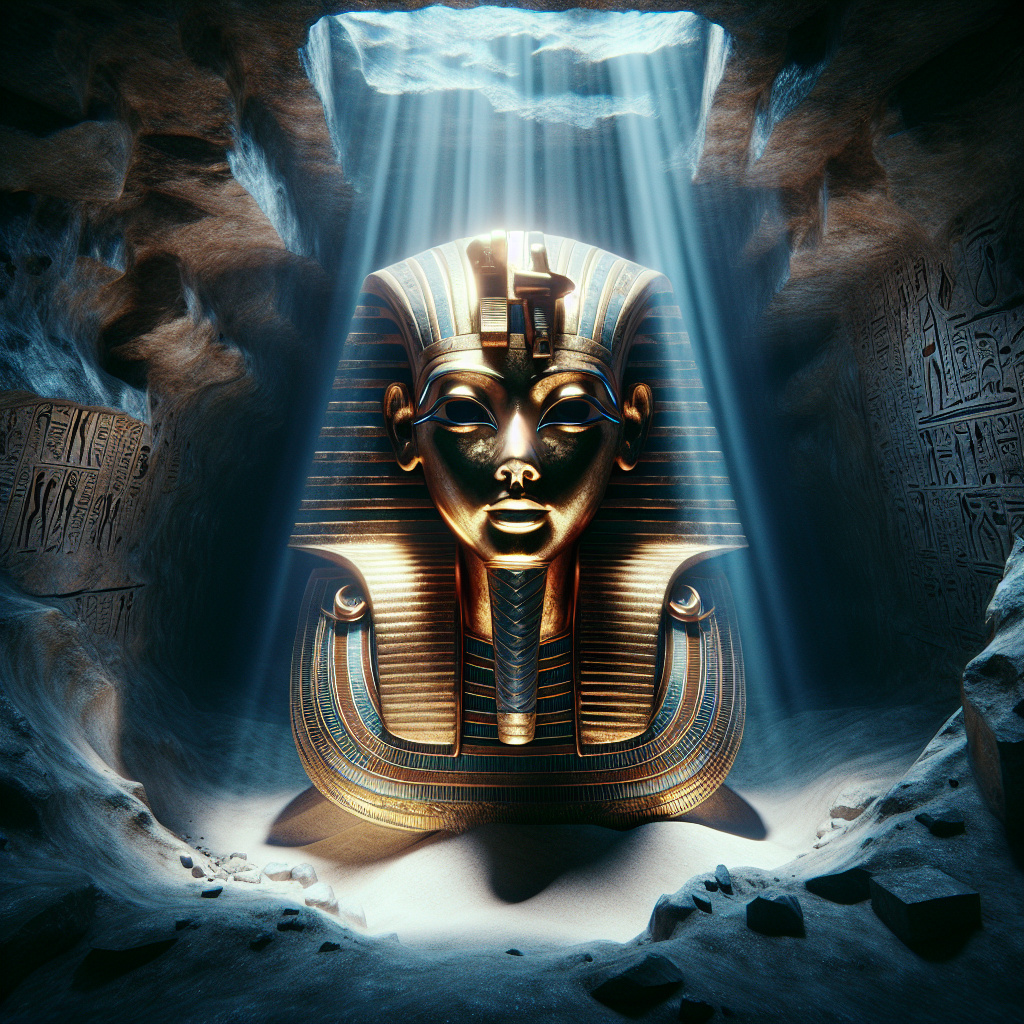Tutankhamun's Death Mask Originally Made for a Woman, Say Scientists

Discoveries in Archaeology: Tutankhamun's Iconic Mask
A recent revelation has sparked significant excitement and intrigue in the world of archaeology. Scientists have proposed that the world-famous golden death mask of Tutankhamun may not have been originally created for the boy king at all. Instead, new evidence suggests it was crafted for a woman, shedding light on the complexities and mysteries of Ancient Egyptian burial practices.
Scientific Evidence and Findings
The hypothesis was prompted by the discovery of peculiar perforations in the earlobes of the mask, which typically were reserved for female depictions during the period. Such details have long fascinated Egyptologists, but recent analysis with advanced imaging technology has allowed for more precise examination. This meticulous study of the artifacts surrounding Tutankhamun's tomb has unearthed insights that challenge previous historical narratives about his burial and lineage.
The Historical Context of the Mask
King Tutankhamun, who reigned during the 18th dynasty, has captivated historians and the public since his tomb was first uncovered in 1922 by Howard Carter. His burial site, remarkably intact and filled with treasures, provides a valuable snapshot of Ancient Egyptian life and death rites. However, the idea that one of its most significant artifacts might not have been intended for him, raises questions about the tomb's origins and the possible reuse of such precious items.
Interdisciplinary Approaches in Archaeology
This discovery underscores the importance of interdisciplinary approaches in archaeology, combining fields such as forensic anthropology, material science, and history. By collaborating across these diverse scientific disciplines, researchers can offer more comprehensive insights into ancient lives and their traditions.
Implications and Future Research Directions
The implication of such a discovery has the potential to recalibrate our understanding of Egyptian burial customs, hinting at a practice of repurposing funerary objects, possibly due to economic or ritualistic reasons. Future research will likely focus on identifying whose visage the mask was intended to originally immortalize and what this means for dynastic shifts in power during that era.
This finding ignites curiosity about other artifacts buried with Tutankhamun and whether they, too, were repurposed. As new technologies emerge, the doors open to even deeper mysteries about humanity's past, providing endless opportunities for further discoveries.




